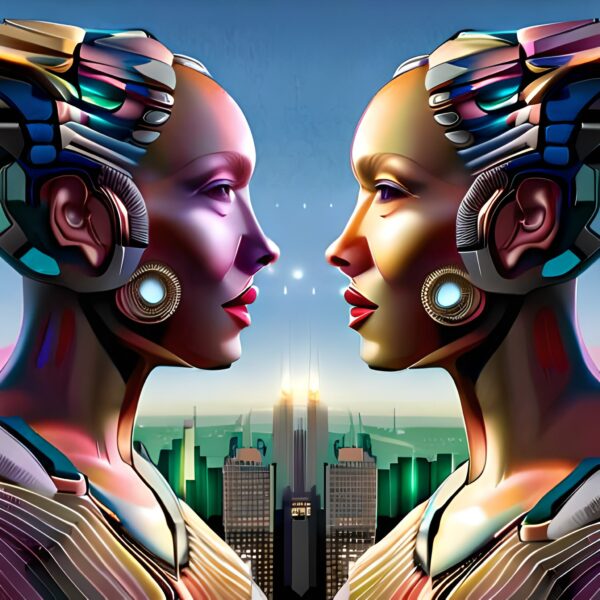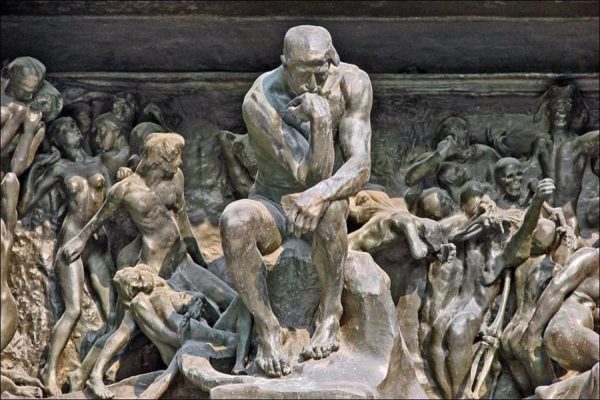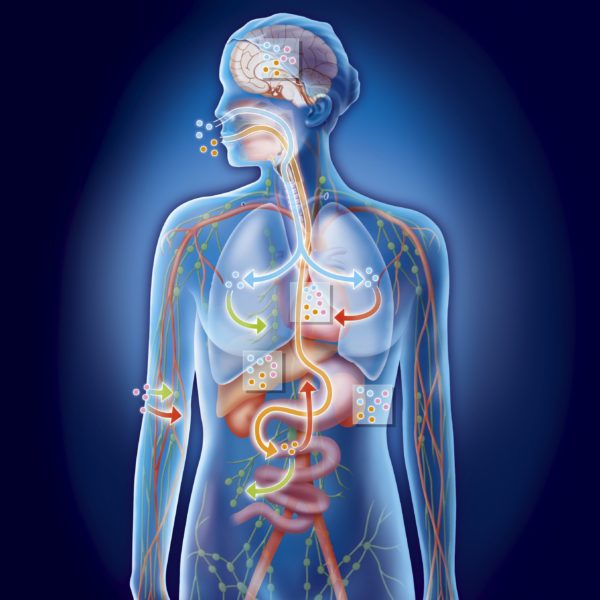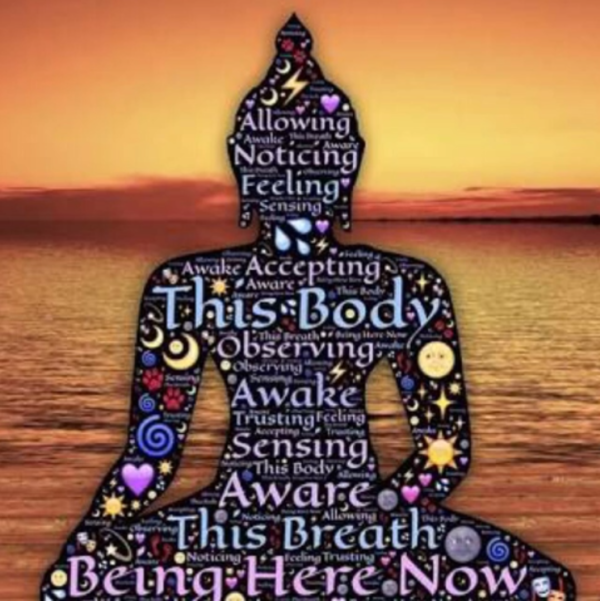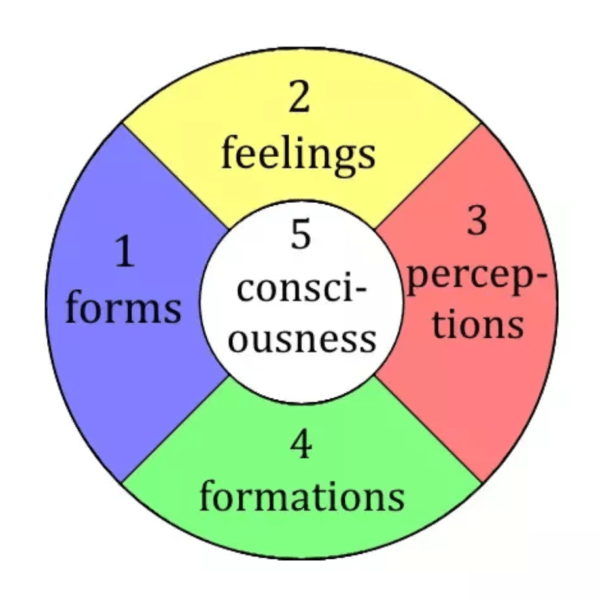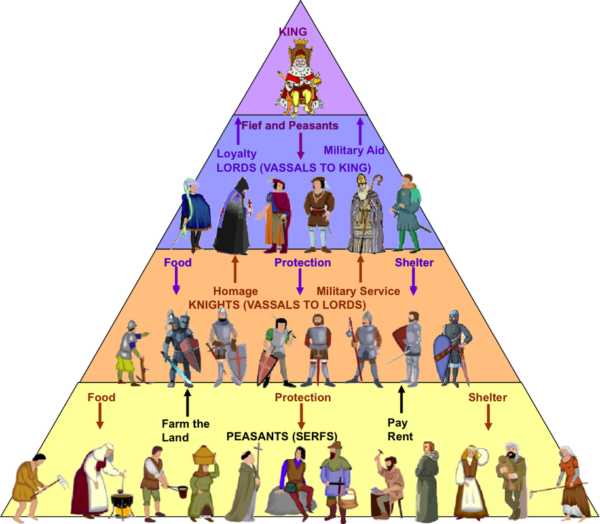Questioning the Ideology of Mandatory Schooling: Human Rights or Indoctrination?
In a recent conversation with GPT-4, the AI language model, it suggested that linking a person’s profession to their surname was humorous. This statement revealed a fundamental misunderstanding of historical facts. Surnames like Smith, Carpenter, and others are indeed rooted in the professions of our ancestors. These names reflected trades that families passed down through generations, ensuring self-employment and autonomy. However, the AI’s response underscores a deeper issue: the loss of these professions and the autonomy they represented, which have been replaced by state-controlled education and corporate employment.
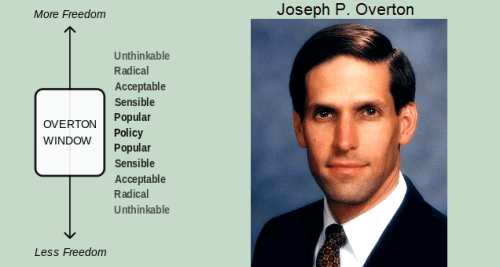
The Overton Window: A Tool of Control
To understand how this shift occurred, we must consider the Overton Window, a concept describing the range of ideas tolerated in public discourse. The window shifts over time, influenced by those in power, to normalize certain ideologies while marginalizing others. Historically, as centralized power increased, the Overton Window shifted to favor state control over education and economic structures, pushing the idea of self-employment and family trades outside of what is considered acceptable or normal.
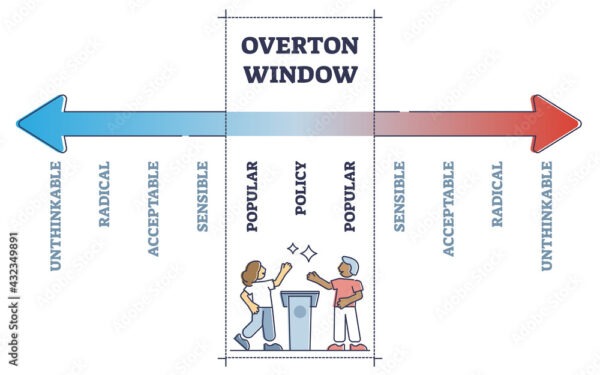
The Ideology of Mandatory Schooling
The modern belief that not sending children to school constitutes a human rights offense is a product of this shifting Overton Window. Historically, children were educated within their families, learning trades essential for their community’s survival. However, as feudalism and later the Industrial Revolution centralized economic power, the state established formal education systems to prepare individuals for roles within the corporate economy, rather than to foster true autonomy and self-sufficiency.

Manchurian VR headset – Everybody can be a Manchurian Candidate!
Is Mandatory Schooling a Human Rights Offense?
Critically examining this ideology reveals several key points:
Indoctrination vs. Education: Modern schooling systems often serve to indoctrinate rather than educate. The curriculum is standardized to fit the needs of a corporate economy, conditioning children to accept authority and conform to societal norms. Critical thinking and creativity are often stifled, producing individuals who are prepared to be employees rather than autonomous, self-reliant individuals.
Economic Dependency: Formal education frequently leads to significant debt, binding students to an economic system that profits from their labor. This cycle of debt and employment creates a modern form of slavery, where individuals are economically dependent on the very system that exploits them.
Loss of Ancestral Knowledge: Prioritizing formal education over family-based learning has led to the loss of traditional trades and ancestral knowledge. Skills that once ensured family and community self-sufficiency are now seen as outdated, diminishing the autonomy and cultural heritage that come from these practices.
The Right to Choose: Labeling non-compliance with mandatory schooling as a human rights offense strips parents of their right to choose the best education for their children. It criminalizes traditional practices that have sustained families for generations, enforcing a one-size-fits-all model that often fails to meet the unique needs of each child.

Reclaiming Educational Autonomy
We must question the current ideology that formal schooling is the only valid form of education. Recognizing that this belief has been shaped by the Overton Window allows us to see it as a tool of control rather than an absolute truth. By expanding the window to include diverse educational practices, we can reclaim the autonomy to educate our children in ways that honor our traditions and meet our unique needs.
In The Sovereign Individual: Mastering the Transition to the Information Age by James Dale Davidson and William Rees-Mogg, the authors argue that the digital revolution will empower individuals to reclaim autonomy and reduce dependence on traditional state structures. This vision aligns with the call to re-evaluate the role of formal education in our lives. The authors foresee a future where technological advancements allow individuals to operate independently of national governments, making use of digital currencies, decentralized networks, and global markets to enhance personal freedom and security.

Ignorant Buffalo and Educated Children.. or not?
A Call to Action:
The belief that not sending children to formal schools is inherently wrong is a product of a controlled narrative. We must critically evaluate the role of formal education in our society, recognizing that if it serves to indoctrinate and enslave rather than educate and liberate, it is not fulfilling its intended purpose. By challenging this dominant narrative, we can expand our understanding of education and provide our children with the tools they need to lead free, fulfilling, and autonomous lives.

Which education does your child need?
It is time to reclaim the right to choose how we educate our children. The historical connection between surnames and professions reminds us of a time when families were self-sufficient and trades were passed down through generations. The Sovereign Individual illustrates how the digital age can facilitate a return to such autonomy. We must strive to restore this autonomy, resisting the forces that seek to control and exploit us through state-controlled education and economic dependency. Only then can we ensure a future where education empowers rather than enslaves, and where our children inherit not just a job, but a legacy of independence and self-reliance.

The Grand Deception “All Children Have the Right to got to School” (No..All Children have the Right to the Appropriate Education for their Specific Case!). Thai Farmers and country folk are told that their kids would be better off with a state education, and this is how so many people lose the livelihoods, which their families have inherited for generations.







